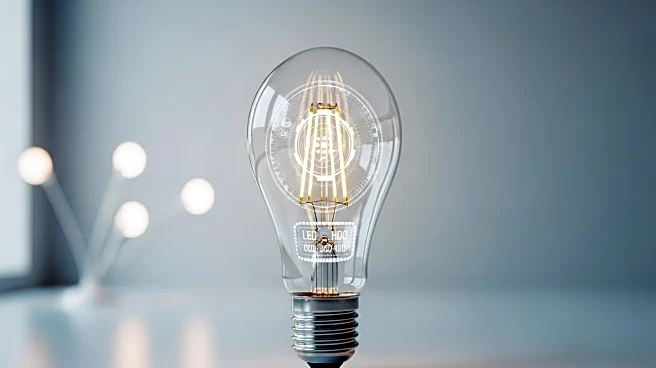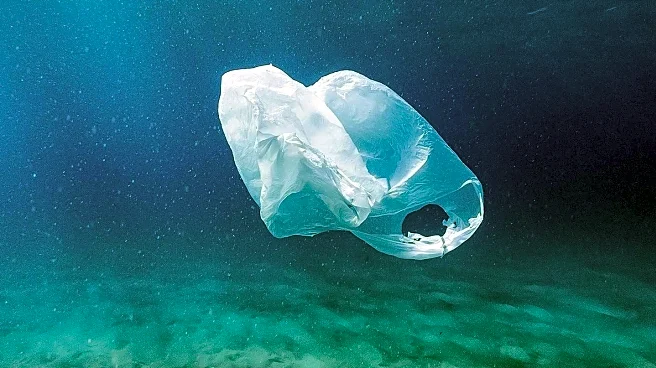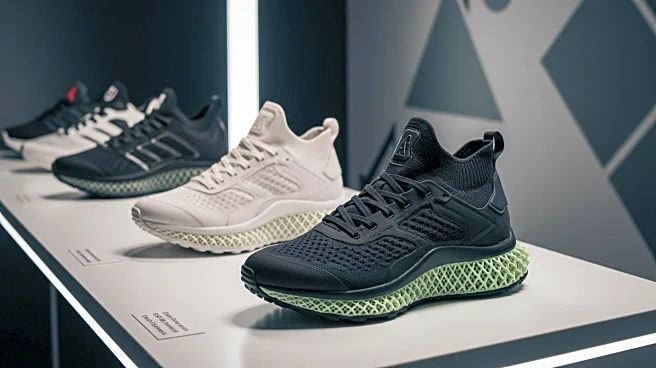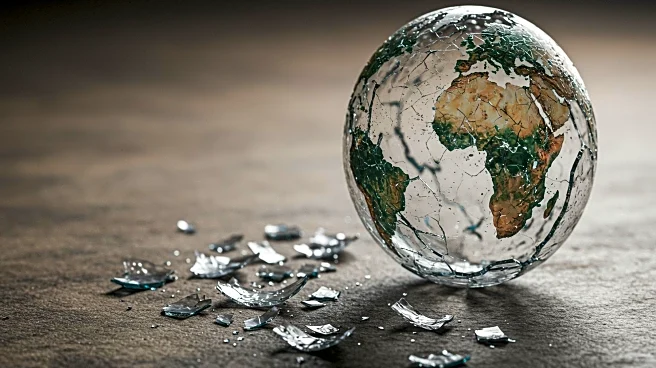Rapid Read • 8 min read
Researchers at the University of Maryland have developed a new type of 3D-printed electronic device that can dissolve in water, facilitating easier recycling and potentially inspiring more sustainable commercial electronics. The technology involves using a polymer called polyvinyl alcohol, which dissolves in water, and a gallium-indium metal alloy for the wiring. This innovation allows for the creation of prototypes such as Bluetooth speakers and electronic toys that can be easily disassembled and recycled. The process involves printing the circuit boards, placing electronic components manually, and sealing the circuits with polymer glue. After use, the devices can be submerged in water, allowing the components to be recovered and reused.
AD
This development is significant as it addresses the growing issue of electronic waste, which is a major environmental concern. According to a 2022 United Nations report, large quantities of circuit boards are produced annually, with only a small percentage being recycled. The ability to dissolve and recycle these components could reduce the environmental impact of electronic waste. This technology is particularly beneficial for rapid prototyping, allowing designers to quickly test and iterate on new designs without contributing to e-waste. The approach is accessible to anyone with a 3D printer, making it a versatile solution for sustainable electronics development.
The researchers are exploring the potential for mass manufacturing of these dissolvable electronics by contacting circuit board producers. While the current focus is on prototyping, there is interest in expanding the technology for broader commercial use. The team plans to continue using this method for educational purposes, allowing students to quickly prototype and test electronic designs. Further development could lead to more durable versions suitable for mass production, potentially transforming how electronic devices are manufactured and recycled.
The introduction of dissolvable electronics raises questions about the future of sustainable manufacturing and the lifecycle of consumer electronics. As the technology matures, it could lead to a shift in how companies approach product design, prioritizing recyclability and environmental impact. This innovation also highlights the role of educational institutions in driving sustainable technology advancements, providing students with tools to innovate responsibly.
AD
More Stories You Might Enjoy











